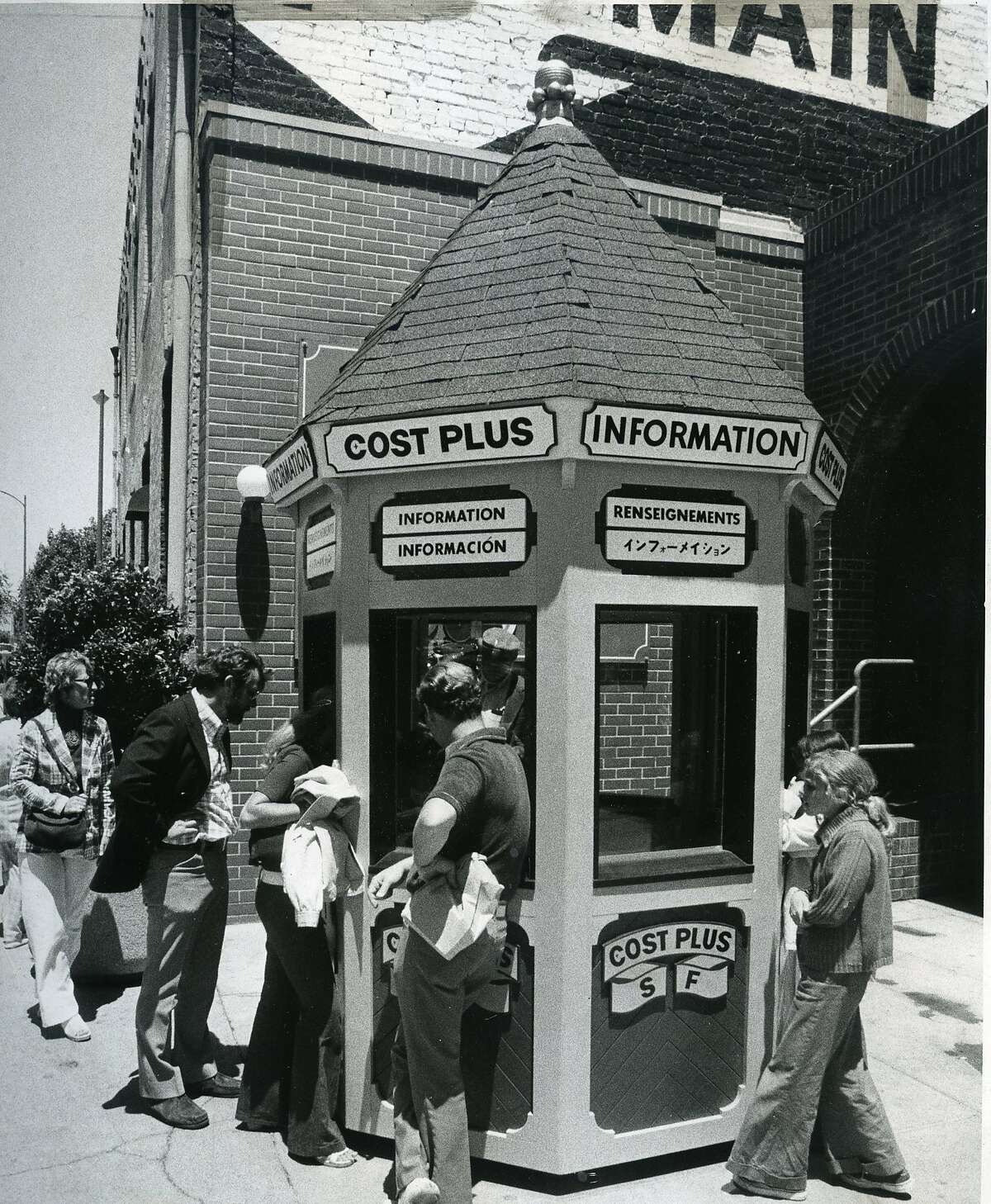Fisherman's Wharf after WWII
After “enemy alien” restrictions and status were lifted in 1942, early Italian generations returned to their homes in Fisherman’s Wharf and other parts of the San Francisco Bay. Early generations of Italian Americans returned to their jobs in the fishing industry, but the later generations to come after the events of World War II went to work in other professions. New professions came with new places to call home, “second and third generations of Italian Americans moved into newer residential neighborhoods of San Francisco, or to outlying suburbs of San Mateo and Santa Clara counties where they found work in the new industries of electronics and aerospace” (Gumino 209). Known as the hub of technology companies in the present day, the Silicon Valley including counties such as San Mateo and Santa Clara charmed the later generations of Italian Americans in its lucrative characteristics. New opportunities in careers and ways of providing for family were open to pursue. Following the high numbers of Italians leaving the San Francisco Bay Area, “only 10 percent of the north Beach residents were Italian, and many of those were the elderly who were too set in their ways to move away from what was once Little Italy” (Gumino 209). The Italian community at Fisherman’s Wharf dwindled as second and third generations found employment in differing professions that their ancestors chose to establish in San Francisco. The area once known for fishing became a tourist attraction where selling seafood and stores for tourists attracting outside individuals were the new commodities. Establishments such as the Cost Plus world market and a Wax Museum came about following the changing atmosphere of Fisherman’s Wharf, drawing a picture of what the future would look like for the area (Niekerken 10-12).
The experience Italian Americans underwent during the events of World War II explains the change of mindset from generation to generation in the Italian community. Coming to America in the beginning of the immigration, Italian’s focused on providing for their families, getting a job and starting a family. The second generation Italian Americans distinguished the difference in their parents' cultural values and the new cultural values of America, making the decision to abandon their Italian heritage. The following generations sought to find and establish their Italian roots again to better understand where they came from. World War II brought a more harsh and dehumanizing experience than just eating unknown delicacy, it brought “the profound stigma of the enemy alien designation and the humiliation of restrictions and relocations that kept most Italian Americans silent about the experience” (Laurino, 192). Fishermen establishing a career in Fisherman’s Wharf represent first generation Italian Americans wanting to provide for their new families. As the second generation went about having difficulty assimilating or not to American culture, the third and fourth generations were scavenging to salvage remaining cultural roots that had been established in Fisherman’s Wharf.
